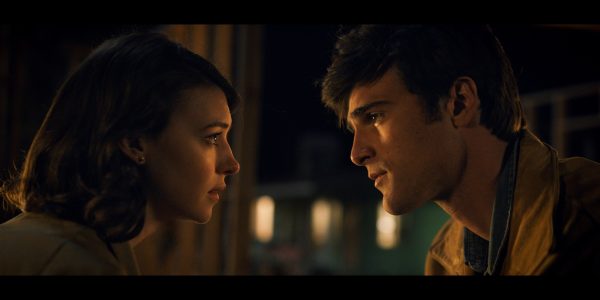
Hermosa Beach may soon be feeling even more connected to the rest of the world.
With the release of a Draft Environmental Impact Report last week, the city moved closer to serving as the landing site for a set of undersea cables connecting the United States with the other side of the Pacific Rim, ideally enhancing the speed and reliability of data transmission. Up to four cables would connect to two proposed locations at the north end of the city.
Officially known as Transpacific Submarine Fiber Optic Cable Systems, the project represents the second time that Hermosa will serve as a landing site for undersea cables. A previous project the city agreed to with TyCom in 2002 comes ashore at Second Street.
Project backers say that Hermosa is an attractive location for undersea cables. Its proximity to Los Angeles offers connectivity benefits to large businesses. And, the fact that the city owns its beach makes for fewer administrative difficulties. The sand in Manhattan Beach, for example, is owned by Los Angeles County.
“It’s just one less agency we would have to deal with” said Chris Brungardt, senior vice president of regulatory compliance for RAM Telecom International (RTI), the company behind the cable project.
The project represents a potentially significant source of funds for Hermosa. According to a Memorandum of Understanding between the city and RTI, the linking of all four cables would mean a lump sum payment of $1.1 million, and annual payments of $300,000.
RTI has proposed two potential landing sites with two cables each: one at 25th Street and one near Neptune Avenue, according to the DEIR. Both landing sites are proposed for the sand, with alternative locations a block to the east on Hermosa Ave.
As with the Second Street site, there would be no visible structure on the beach, Brungardt said. The cables would be buried underground for between 2500 and 3000 feet out to sea.
The public comment period on the DEIR closes Feb. 17. So far, city officials say, criticism has focused on temporary rather than permanent impacts.
“Once people come in and take a look at the project, most of the comments I’m getting are related to construction,” said Aaron Gudelj, an assistant planner for Hermosa.









